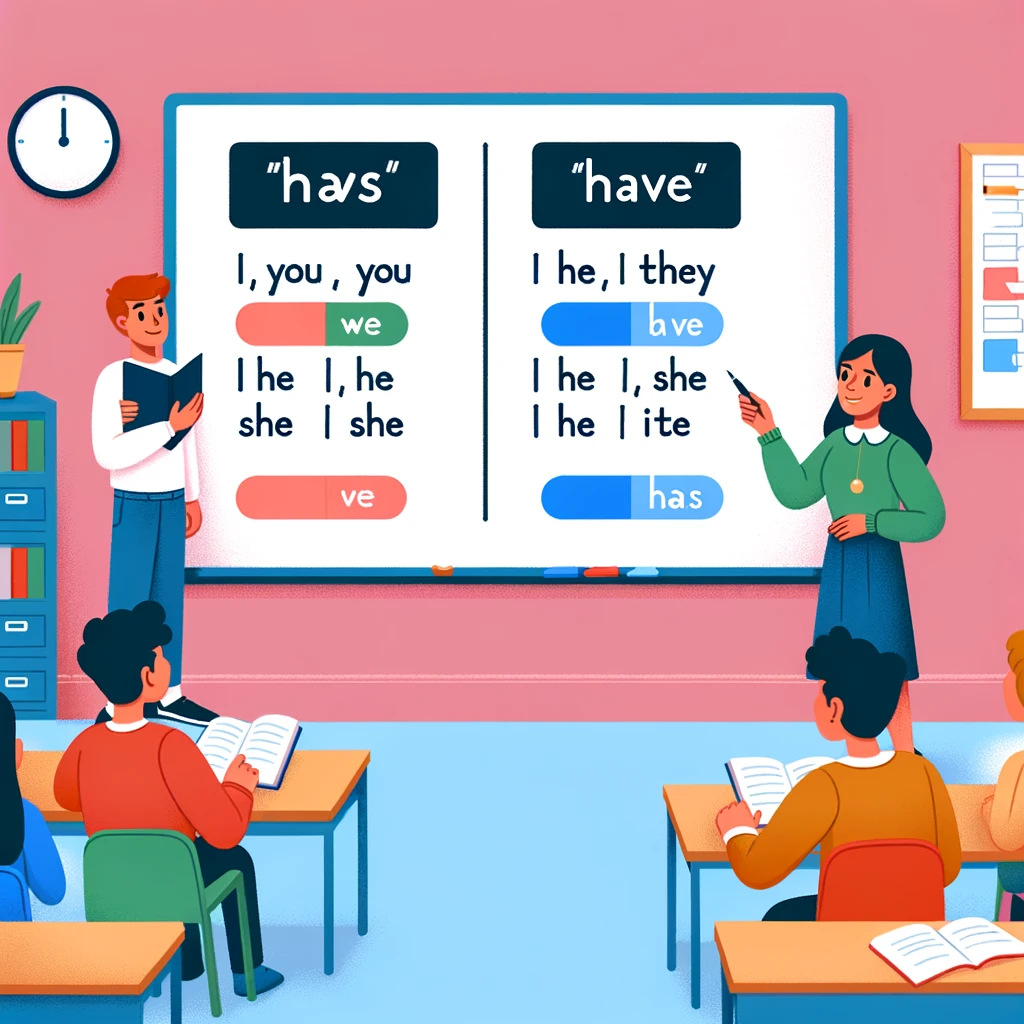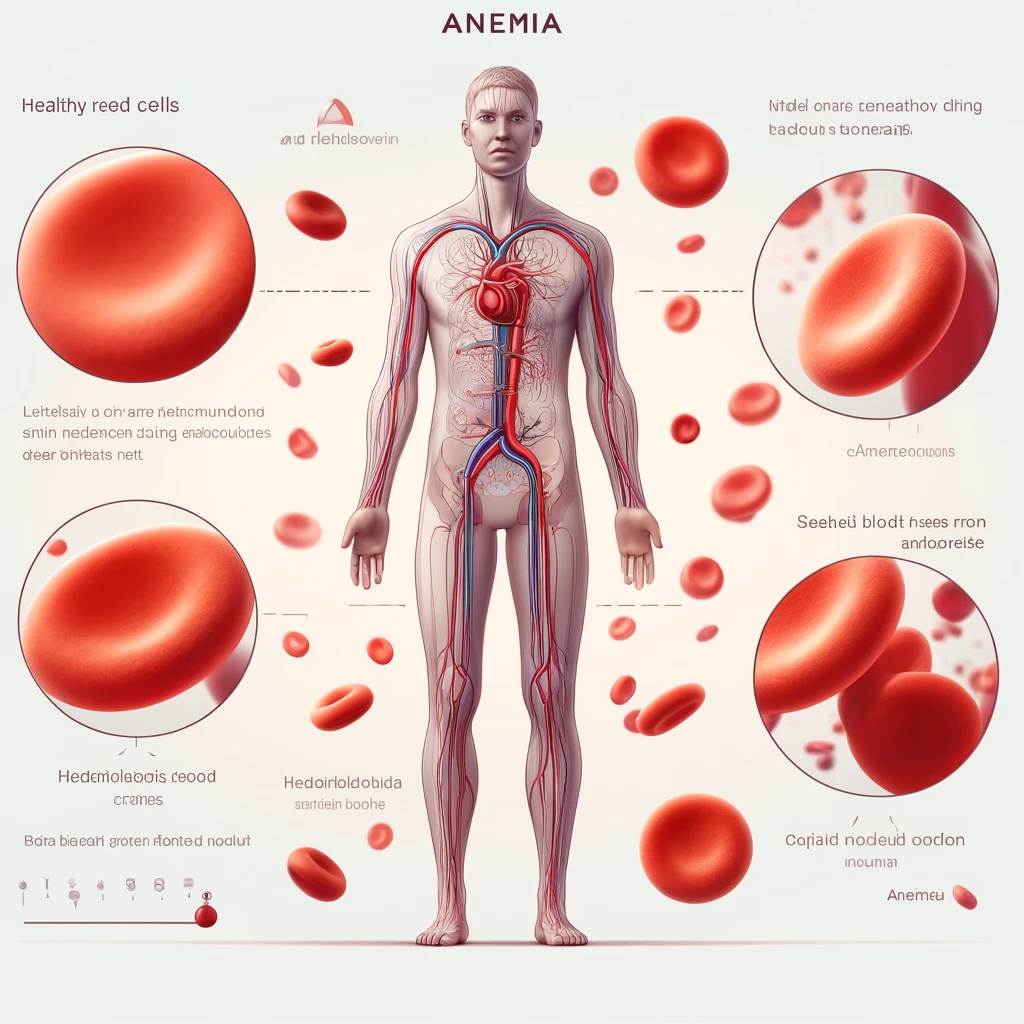Learning a new language can be challenging, especially when it comes to grammar. A common doubt among Portuguese speakers when studying English is When to use “has” or “have”. Both terms are forms of the verb “to have”, but they are used in different contexts. In this article, we will explain these differences and provide practical examples to make learning easier.
1. The Verb “To Have”
The verb “to have” is fundamental in English, used to indicate possession, completed actions and in verb tense constructions. The two main forms that cause confusion are “has” and “have”.
2. When to Use “Have”
The form “have” is used with the pronouns I (I), you (you/you), we (we) and they (they/them).
Examples:
- I have a car. (I have a car.)
- You have a beautiful house. (You have a nice house.)
- We have been to Paris. (We went to Paris.)
- They have three children. (They have three children.)
3. When to Use “Has”
The form “has” is used with the pronouns he (he), she (she) and it (this/that).
Examples:
- He has a new job. (He has a new job.)
- She has a cat. (She has a cat.)
- It has been raining all day. (It's been raining all day.)
4. Use in Present Perfect
Both “has” and “have” are used in the formation of the Present Perfect, a verb tense that connects past actions with the present.
Examples:
- I have studied English for two years. (I studied English for two years.)
- She has visited London twice. (She visited London twice.)
5. Practical Tips to Remember
A practical tip for remembering which form to use is to pay attention to the pronoun that accompanies the verb. If the pronoun is I, you, we or they, use “have”. If the pronoun is he, she or it, use “has”.
Mnemonic Example:
- HE SHE IT (Has)
- All other pronouns (Have)
6. Examples of Complete Sentences
To help with practice, here are some complete sentences with translations:
Have:
- I have two sisters. (I have two sisters.)
- You have a meeting at 10 AM. (You have a meeting at 10am.)
Has:
- He has a lot of homework. (He has a lot of homework.)
- She has a wonderful voice. (She has a wonderful voice.)
7. Common Mistakes and How to Avoid Them
A common mistake is using “has” with the wrong pronouns. Always remember the pronoun rule:
Wrong:
- They have a dog. (They have a dog.) Right:
- They have a dog. (They have a dog.)
8. Exercises to Practice
- Complete the sentences with “has” or “have”:
- She ______ a brother. (She has a brother.)
- They ______ finished their homework. (They finished their homework.)
Answers:
- has
- have
Conclusion
Understanding when to use “has” or “have” is crucial to mastering English. With the clear rules and practical examples, you can improve your grammar and communicate with more confidence. Remember the tips and practice regularly.
FAQs
What is the main difference between “has” and “have”?
- “Has” is used with he, she, it, while “have” is used with I, you, we, they.
Why is “have” used with “I” and not “has”?
- “I” follows the rule of plural pronouns in English, despite being singular.
When to use “has” in Present Perfect?
- Use “has” with he, she, it in the Present Perfect.
Can you give an example of “has” in a negative sentence?
- He hasn't (has not) eaten yet. (He hasn't eaten yet.)
How can I practice using “has” and “have”?
- Do gap-filling exercises and practice speaking and writing sentences.








